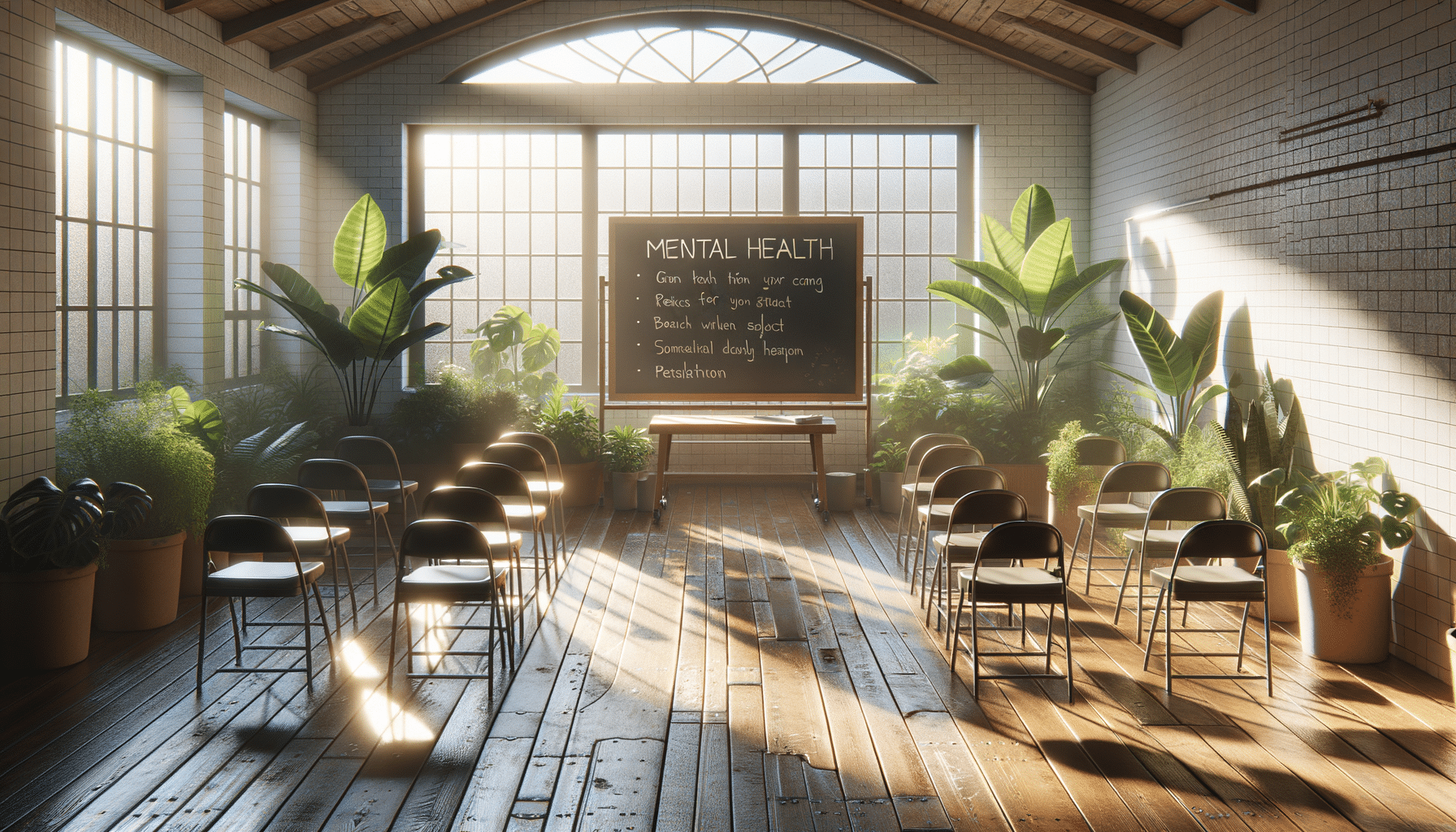
How to Cultivate Creativity in Science and Math
Unlocking creativity in the realms of science and math is not just about equations and theories; it’s about fostering an environment where curiosity can thrive and innovation can flourish. Whether you’re a student, educator, or lifelong learner, integrating creativity into these subjects can lead to groundbreaking discoveries and a deeper understanding of the world.
Understanding the Role of Creativity in STEM
Creativity in science and math isn’t about abandoning structure but rather enhancing it. According to Dr. Ken Robinson, a renowned education expert, creativity is as essential in education as literacy. It’s about thinking outside the box to solve complex problems, which is at the heart of scientific inquiry and mathematical exploration.
Statistics on Creativity in STEM
A report by the World Economic Forum highlights that 65% of children entering primary school today will ultimately end up working in jobs that don’t yet exist, underscoring the need for creative thinking in STEM fields.
Examples of Creativity in Action
Consider the story of Albert, a high school student who combined his love for art and physics to design an innovative solar panel system that resembles a sunflower. His project not only won awards but also sparked a new interest in renewable energy among his peers.
Actionable Tips to Cultivate Creativity
- Encourage Questioning: Foster a classroom environment where asking questions is encouraged. This stimulates curiosity and critical thinking.
- Integrate Arts into STEM: Incorporate art projects that require mathematical calculations or scientific principles to help students see the connections between disciplines.
- Use Real-World Problems: Present students with real-world problems to solve, encouraging them to use creativity to find practical solutions.
- Provide Open-Ended Challenges: Allow students to tackle challenges with no single correct answer, promoting innovative thinking.
Resources for Further Exploration
For more inspiration, check out resources like Edutopia or Khan Academy which offer a wealth of information on integrating creativity into STEM education.
| Strategy | Action |
|---|---|
| Encourage Curiosity | Ask open-ended questions |
| Promote Collaboration | Group projects with diverse roles |
| Integrate Technology | Use apps and software tools |
| Connect with Industry | Guest speakers and field trips |
| Challenge Assumptions | Debate controversial topics |
| Foster a Growth Mindset | Emphasize learning from failure |
| Encourage Reflection | Journaling and discussion |
| Utilize Visuals | Mind maps and diagrams |
Pro Tip: Use mind mapping software to visually connect concepts, aiding in both comprehension and creativity.
FAQs on Cultivating Creativity in STEM
How can teachers integrate creativity into STEM subjects?
Teachers can integrate creativity by using project-based learning, encouraging interdisciplinary projects, and using technology to create interactive learning experiences.
Why is creativity important in STEM?
Creativity is crucial in STEM as it drives innovation, problem-solving, and the ability to adapt to new challenges in an ever-evolving technological landscape.
Conclusion
Cultivating creativity in science and math requires a shift in mindset and teaching methods. By embracing curiosity, encouraging exploration, and providing the tools for creative expression, educators can inspire the next generation of innovators and problem-solvers. Start today by integrating these strategies into your classroom or study routine, and watch the impact on learning and engagement unfold.


